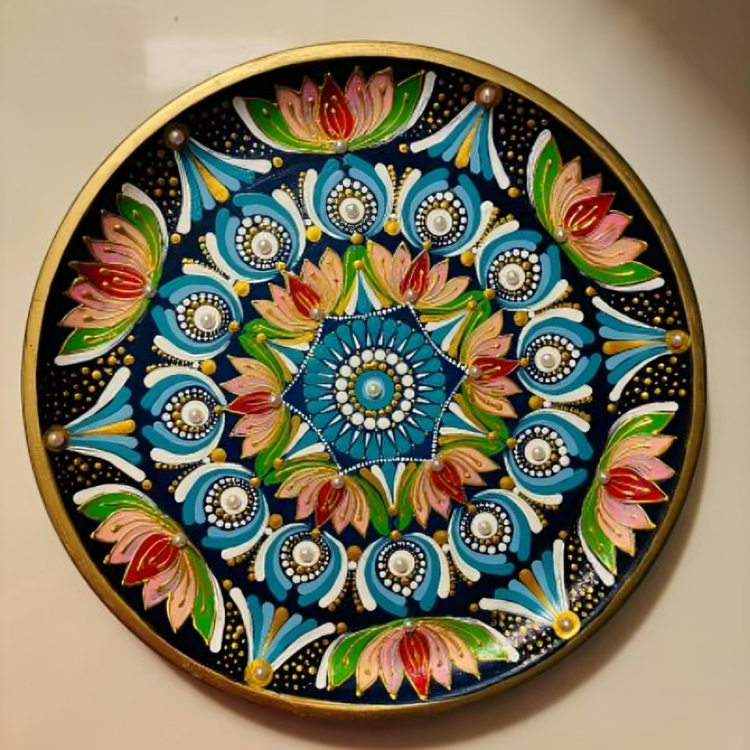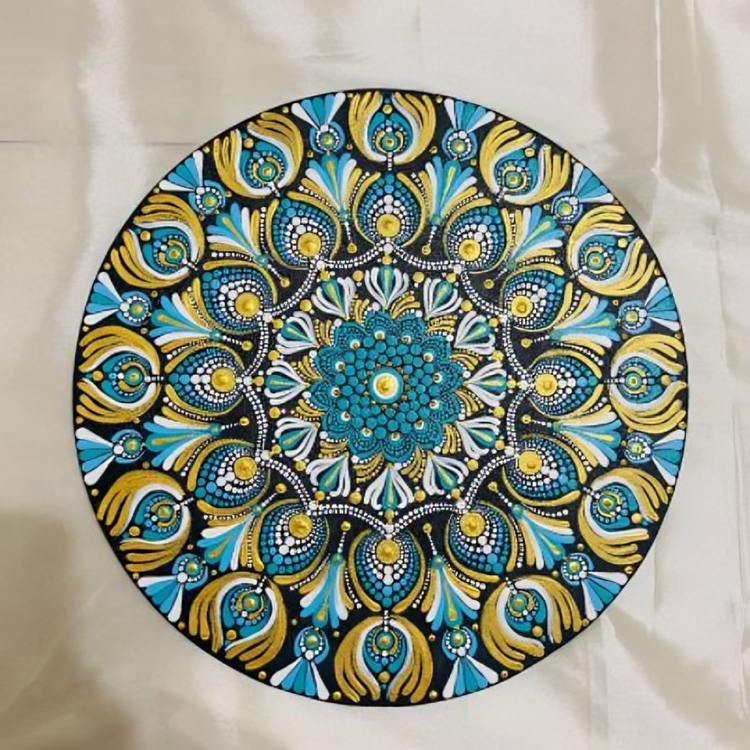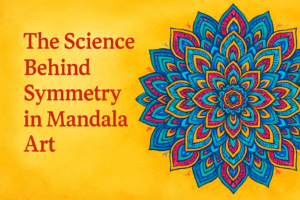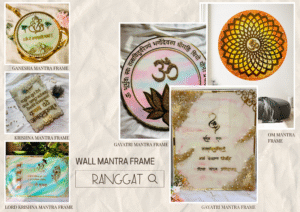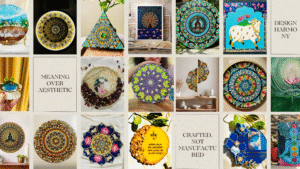As an artist, I have always been attracted to shapes and designs that convey harmony, flow, and balance. Making and reflecting on mandalas is one of the most effective ways to cultivate personal attention and meditation, as I have found over the years. More than just beautiful expressions, these elaborate, circular patterns serve as portals to inner peace, assisting us in focusing, slowing down, and developing a close relationship with ourselves.
What Is a Mandala?
The word “mandala,” which means “circle,” originates from the ancient Sanskrit language. Mandalas, which are geometric patterns that symbolize the world, wholeness, and the infinite, have long been used in spiritual rituals across many cultures, especially in Buddhism and Hinduism. Their symmetrical designs, which radiate from a central point, represent an inward journey toward the center of one’s being.
As an artist, I see mandalas as a reflection of the soul. Our thoughts, feelings, and deepest wishes are all reflected in every design. Making a mandala or just looking at one can be a kind of meditation that promotes calmness and a close awareness of the present moment.
The Process of Creating a Mandala as a Meditative Practice
Making a mandala is an immersive experience and a conscious mindfulness activity, in my opinion. With an intention and a blank canvas, the process starts. Drawing the first circle feels like a declaration of my commitment to the present moment. Like a mirror of my inner world unfolding before my eyes, the mandala slowly takes shape as I add patterns, shapes, and colors.
Mandalas as a Tool for Meditation
Mandalas are a powerful tool for awareness, even if you do not think of yourself as an artist. Coloring an already-made mandala can be as relaxing as creating your own. For people who are afraid of a blank canvas, it offers an approachable method of practicing mindfulness via art.
How to Meditate with Mandalas:
1) Set an Intention: Spend some time establishing a clear intention before you begin. Allow that goal to guide your approach, whether it is to reduce anxiety, find clarity, or simply relax.
2) Breathe and Begin: As you color or draw, pay attention to your breathing. Take a breath as you get about to leave your mark, then release it as you do. Sync your hand movements with your breathing.
3) Stay Present: If your thoughts wander, gently remind yourself of the mandala’s specifics. Without passing judgment, take in the patterns, colors, and lines.
4) Contemplate the Finished Mandala: When you finish, take a seat quietly and look at your creation. What emotions or thoughts come up? Does the journey you have taken during the process or a specific state of mind come through in the mandala?
The Healing Power of Mandalas
From the perspective of an artist, mandalas are more than just healing tools; they are creative expressions that speak to our innermost selves. The journey from disorder to order, fragmentation to wholeness, and tension to peace can all be compared to the process of creating a mandala.
Mandalas serve as a helpful reminder that growth and healing are circular processes that include relocating to our core. They teach us the value of accepting the present moment as it is, patience, and presence.
An Invitation to Create
I encourage everyone to explore the world of mandalas, regardless of whether they are artists, meditation enthusiasts, or just someone searching for a fresh approach to finding serenity. A pencil, an open heart, and the desire to lose yourself in the creative process are all you need—no specific knowledge or equipment.
In the center of a mandala lies stillness, and in that stillness, you might just find yourself.

